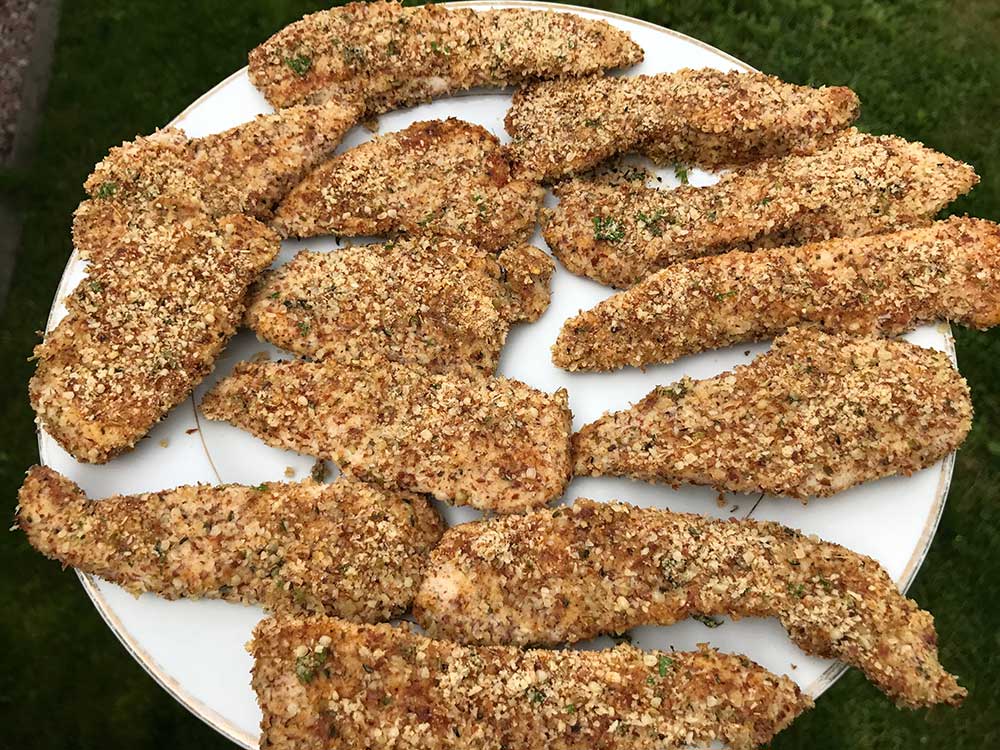Wow. Nutrition and diet information is everywhere!
And each expert and association tries to lead you in their direction because they know best and their advice is going to help you. Right?
Well, maybe…
Everyone has heard (and maybe lived through) the intense focus on how much you eat. I know I have. This has gotten way too much attention because while this does affect your weight and energy level, it’s certainly not the “holy grail” of health.
Let’s focus a bit more on the often overlooked (and proven) benefits of what you eat and drink and how you eat and drink it.
What you eat and drink
The “calories in, calories out” philosophy (i.e. how much you eat) is outdated. It’s being drowned out with research on other factors that may be just as important. Don’t get me wrong limiting excess calories, carbs or fat can certainly help you lose weight but that’s simply not the only factor for long-term weight loss and maximum energy for everyone.
When the intense focus on how much we ate didn’t work in the long-run it wasn’t really a surprise. We kinda knew that already, didn’t we?
It’s certainly a good idea to watch your portion sizes (especially at restaurants) and pay attention to how much you eat, and when you feel full…but don’t forget to also pay attention to where your calories are coming from.
All calories are not created equal. What you eat is just as important as the amount.
Ideally, you need a variety and a whole-foods (i.e. fewer “packaged” “ready-to-eat” foods). This simple concept is paramount for sustained, energy, maintaining a healthy weight and long-term health and wellness.
Here’s what to aim for each day:
- A colourful array of fruits and veggies at almost every meal and snack. You need the fiber, antioxidants, vitamins, and minerals these provide.
- Enough protein. Making sure you get enough of all the essential amino acids (bonus: eating protein can increase your metabolism).
- Healthy fats and oils (never “hydrogenated” ones). There is a reason some fatty acids are called “essential” – you need them as building blocks for your hormones and brain as well as to be able to absorb essential fat-soluble vitamins from your uber-healthy salads. Use extra virgin olive oil (cold) and coconut oil for cooking, eat your organic egg yolks, and get grass-fed meats when possible. You don’t need a lot just make sure you’re getting some high-quality fats.
How you eat and drink
It’s not only about what you eat, the way you eat (and drink) is also important.
Studies show that the way we take in our food has more of an impact than we previously thought.
Are you rushed, not properly chewing your food, and possibly suffering from gastrointestinal issues? Do you drink your food?
When it comes to how you eat let’s first look at “mindful eating”.
Mindful eating means being present in your body at mealtimes. This allows you to take smaller bites, eat slowly, chew thoroughly, and savour the food in your mouth. Notice and appreciate the smell, taste and texture. Breathe, relax, and connect with your food.
Approaching your meals in a relaxed way gives your digestive system the hint to prepare for digestion and to secrete necessary enzymes.
This can also help with weight loss because eating slower often means eating less. Did you know that it takes about 20 minutes for your brain to know that your stomach is full?
Thought so!
We also know that more thoroughly chewed food is easier to digest and it makes it easier to absorb all of the essential nutrients.
And don’t forget about drinking your food.
Yes, smoothies can be healthy and a fabulously easy and tasty way to get in some fruits and veggies (hello leafy greens!) but drinking too much food can contribute to a weight problem and feelings of sluggishness.
The action of chewing signals satiety in the brain. So if you’re not feeling totally satisfied, even after sipping your smoothie slowly, it might be useful to have a handful of nuts and seeds on the side so you give your brain t the satisfaction of chewing.
Don’t get me wrong a well put together smoothie can make an amazingly nutrient-dense meal and is way better than stopping for convenient junk food – just consider a large smoothie to be a full meal not a snack.
Take your time when you drink your smoothie, don’t gulp it down too fast. A trick is to “chew” your smoothie. Chewing a liquid might sound odd, but consider that smoothies are filled with carbohydrates (good kinds, but they’re still carbs). Compounds in your saliva begin carbohydrate digestion. When you take time to mix your smoothie with your saliva, you’re starting the digestion process and ingreasiny the liklihood that it will break down well and properly nourish your body.
If your smoothies don’t fill you up like a full meal does try adding in a spoon of fiber like ground flax or chia seeds.
Summary:
Consider not only how much you eat but also what you’re eating and how you eat it. Bringing mindfulness to mealtimes is always a good idea.
Recipe (Smoothie meal): Chia Peach Green Smoothie
Serves 1
handful spinach
1 scoop of hemp protein powder
1 tablespoon chia seeds
1 tablespoon hemp hearts
½ banana
½ chopped peach
1 cup unsweetened almond milk
Add ingredients to blender in order listed (you want your greens on the bottom by the blade so they blend better and have the chia on the bottom to absorb some liquid before you blend).
Wait a couple of minutes for the chia seeds to start soaking up the almond milk.
Blend, Serve and Enjoy!
Tip: Smoothies are the ultimate recipe for substitutions. Try swapping different greens, fruit or seeds to match your preference.
Bonus: Chia seeds not only have fiber and essential omega-3 fatty acids but they contain all of the essential amino acids, which are building blocks for protein.
References:
http://summertomato.com/wisdom-wednesday-salad-dressing-is-your-friend
http://nutritiondata.self.com/facts/nut-and-seed-products/3061/2






